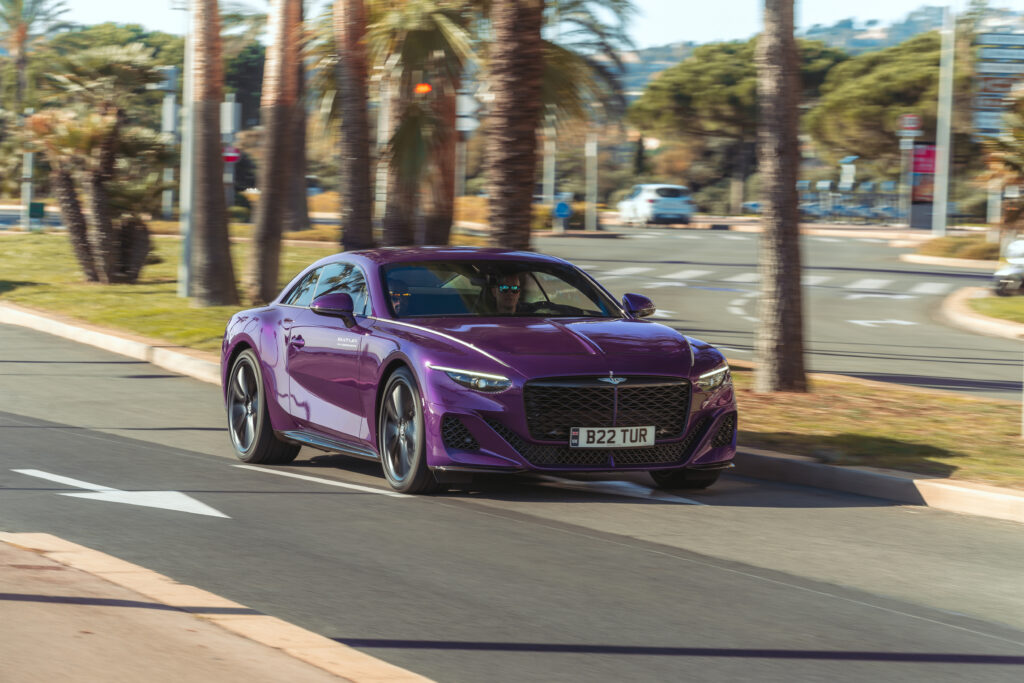Two Bentley Baturs are being scrutinized on public roads to ensure performance and quality targets are met prior to the first deliveries in mid-2023. Validation will cover durability for both the powertrain and the full vehicle, environmental compatibility and sunlight simulation, high speed stability, aerodynamics, noise and vibration, and driving dynamics. In total more than 120 tests will be done to check items from the surface finish of the gold ‘organ stop’ ventilation controls to the new W12 engine hardware and software. Over 58 weeks of verification has been scheduled across the two pre-series cars.
The first task that one of the development Baturs – Car #0 – will undergo – is a 2,500km drive across Europe, from Germany through Italy, France and Spain. On test tracks, Car #0 will be subject to seven weeks of durability assessments on handling tracks, in mixed road conditions, high-speed testing and abusive surface conditions. When the proving ground work is done, another 7,500km of real-world driving will be undertaken. Then for almost four weeks, the car will undergo environmental testing, enduring 600 hours of solar loading (equivalent to five years in an Arizona desert), which according to Bentley, is particularly important for the new sustainable materials used in the exterior components.
Over 810 unique parts will complete 160 weeks of testing and development.
One element that can be seen on Batur test mules, which won’t be on the final cars, are the small white arrowheads found at the edges of the body panels. These markers help to provide feedback on panel movement and any form of relaxation while the car is in durability testing.
Paul Williams, chief technical officer for Mulliner, said of the testing program, “There are a number of unique features that bring new challenges. For example, the exterior headlamps are very compact LED units and made to our styling teams challenging proportions, which transforms the exterior appearance of the car but are complex to produce. We’re also working with the most powerful development of the W12 in its 20-year history, which brings an enormous validation program.
“Even small details such as the angle of the diamond in the front grille representing the cylinder angle in the W12 engine have had to be considered. And even though there will only be 18 Baturs produced, the level of quality has to be identical to every one of the 15,000 cars Bentley is currently producing each year.”
Batur has helped drive the development of sustainable features for future generations of coachbuilt Bentleys. For example, pending successful testing in the Batur application, Mulliner plans to use natural fibers as an alternative to carbon fiber in some areas of the car.
The validation work supplements more than 100 weeks of development already completed to validate the increased engine power of the most powerful Bentley in history with 740ps. This analysis confirmed the new air intake system, modified turbochargers, revised intercoolers and new calibrations for the engine gearbox and electronic stability control for the W12.


